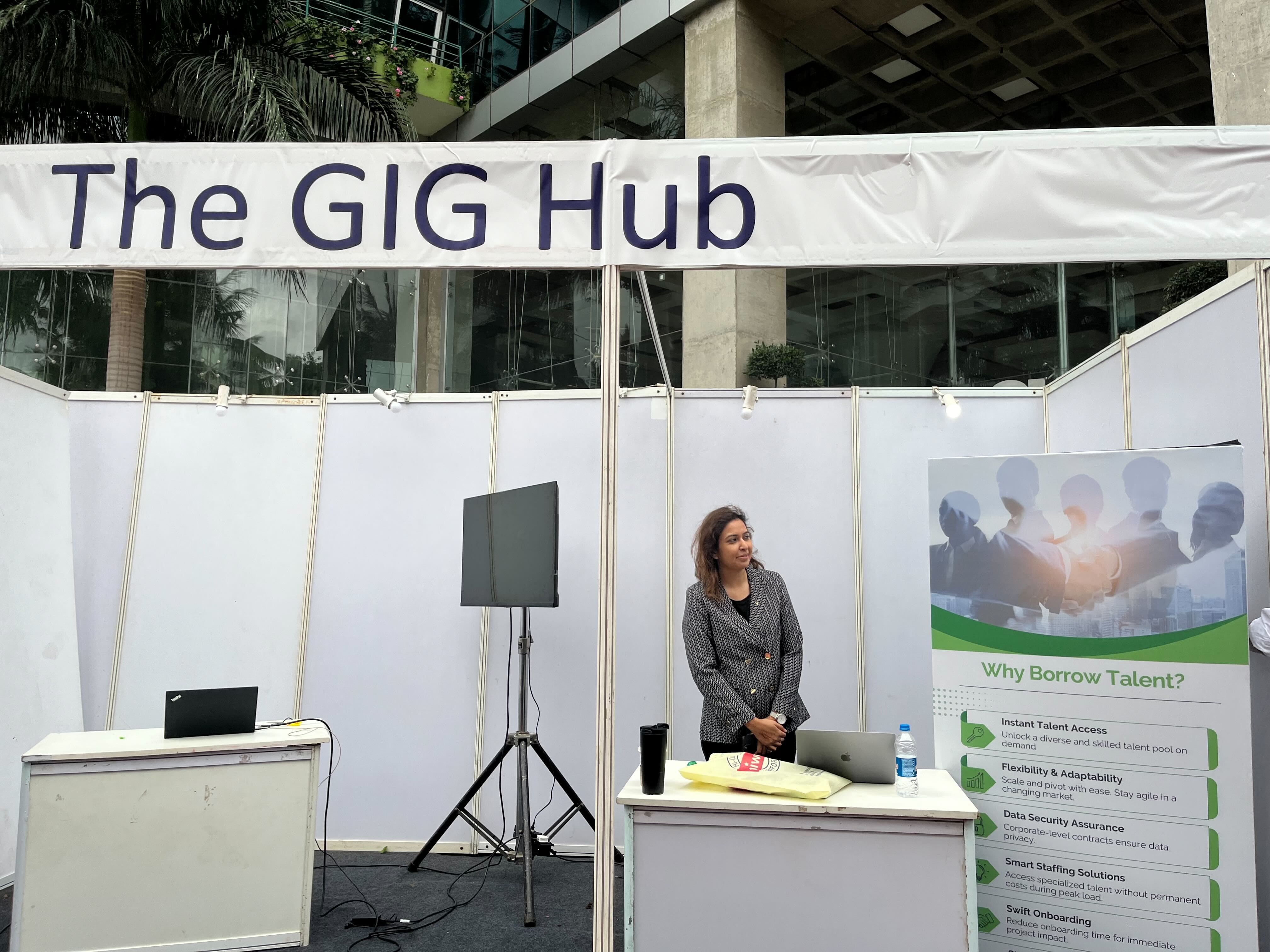Trends in freelancing
Integrating Freelance Talent into Traditional Organisations
Written by: Flexing It
24/04/2024
4 minutes read
![eye]() 48
48
![share]() 0shares
0shares
Assess your organisation’s Freelancer readiness in a few minutes, and explore the next steps of bringing independent specialists to your talent pool
Start the Survey
As economies change, the relationship between traditional organisational structures and freelance independent talent emerges as a critical focal point.
A massive talent gap is preventing the achievement of critical organisational goals. A recent Korn Ferry study reveals a significant global human talent shortage expected by 2030. This shortage, estimated at over 85 million people worldwide, could lead to unrealised annual revenues of approximately $8.5 trillion if not addressed.
Let's understand why traditional organisations should open up to the possibilities of freelance talent.
Traditional organisational structures are characterised by the following:
- Job roles that are defined distinctly from skills
- The workforce is primarily full-time employees.
- The organisation has limited exposure to leveraging independent talent for project-based opportunities and strategic priorities.
However, in light of speedy tech advancements, fluctuating market conditions, and the rise of the independent or freelance economy, many organisations with a traditional structure may need to evolve to realise their business goals and objectives.
Here is where freelance talent or skilled professionals offer specialised expertise, bring agility to the business and operate without the constraints of traditional employment.
Diverse skill sets and specialised expertise
While traditional structures often prioritise specialisation in fixed roles, freelance talent brings a wealth of niche skills and perspectives. From AI and digital marketing to data analytics to fractional leadership roles, freelance talent represents a reservoir of specialised knowledge that can bring innovation and agility into organisational operations.
The average cost per hire is $4700 in the US and Rs 25500 in India. Freelance talent allows traditional organisations to bolster their workforce capacity in response to project requirements, without the overhead costs associated with traditional hiring practices.
Moreover, a freelance talent management system can skip the layered recruitment processes and onboarding procedures. This saves significant time and resources for traditional organisations to realise timebound strategic objectives.
A Call to Action for Traditional Organisations - The Next Steps
By embracing specialised independent freelance talent, traditional organisations can spur growth, foster innovation and, most importantly, achieve organisational goals with a blended workforce. Moreover, with on-demand work, you have the ability to scope a project to be outcome- and deliverable-based, define capacity required, and contextualise the nature of work (offsite, onsite, hybrid) at a project-level.
Actionable steps: Your team can
- Conduct a quick assessment to identify key business areas or functions where agile roles can be incorporated. This includes analysing high-volume, high-attrition, niche, or difficult-to-source roles.
- Carve out the first few projects by "deconstructing" the roles identified into skill-based projects suitable for delivery by freelance talent.
- Ensure successful project delivery and use that to evangelise the flexible talent program.
Learn more on how you can seamlessly integrate freelance talent into your overall workforce strategy
Schedule a call








 `
`  48
48
 0shares
0shares






